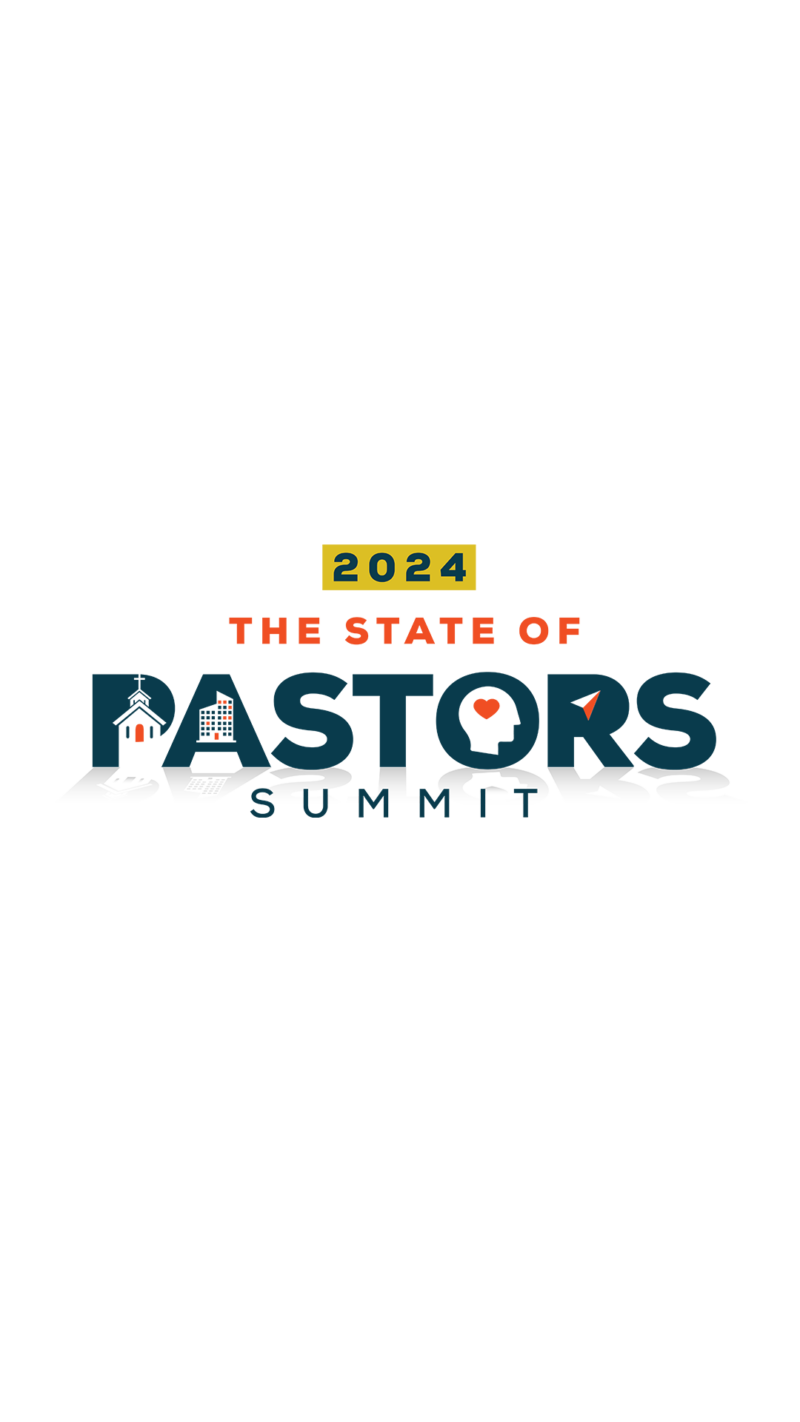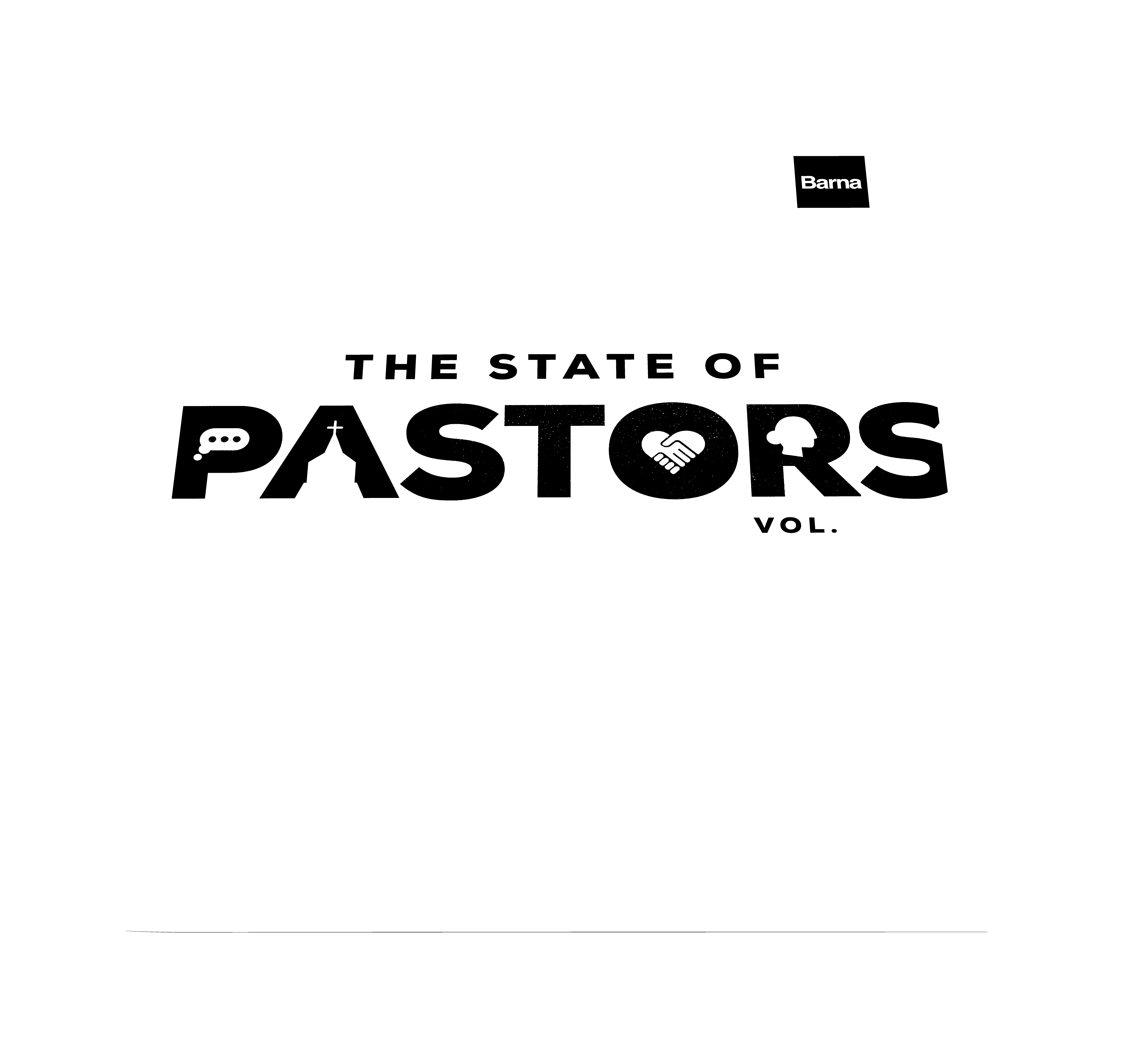Americans are increasingly designing their lifestyles in ways that meet their needs more efficiently. This is true even in the spiritual realm, as evidenced by the rapid growth of participation in house churches across the nation. Whereas most people continue to think of “going to church” as attending a service at one of the many church buildings located throughout their community, a new study from The Barna Group shows that millions of adults are trying out new forms of spiritual community and worship, with many abandoning the traditional forms altogether.
Your Leadership Toolkit
Strengthen your message, train your team and grow your church with cultural insights and practical resources, all in one place.
Large Numbers Attend
The new study, based on interviews with more than five thousand randomly selected adults from across the nation, found that 9% of adults attend a house church during a typical week. That is remarkable growth in the past decade, shooting up from just 1% to near double-digit involvement. In total, one out of five adults attends a house church at least once a month.
Projecting these figures to the national population gives an estimate of more than 70 million adults who have at least experimented with house church participation. In a typical week roughly 20 million adults attend a house church gathering. Over the course of a typical month, that number doubles to about 43 million adults.
While many religious professionals say they are unaware of such activity, it might be because the house church is in its “ramp up” phase in the U.S. One consequence is that millions of Americans are intermittently engaged in a house church, alternating back and forth between house church and conventional church. (For clarity, the survey distinguished between involvement in a house church and participation in a small group that is associated with a conventional church.) The Barna survey revealed that of those who attend a house church, 27% attend on a weekly basis, 30% attend one to three times per month, and 43% attend less than once a month.
One Foot in Each Camp
The study also discovered that church attendance patterns are being reshaped. Among those who attend a church of some type, 74% attend only a conventional church while just 5% attend only a house church. Another one-fifth (19%) attend both a house church and a conventional church. (The other 2% attend a small group that was not considered to be a house church.)
The people most likely to attend only a conventional church were women, people 60 or older, residents of the Midwest, and evangelicals. In contrast, the people most likely to attend a house church but not a conventional church were men, home-school families, residents of the West, and non-whites.
Your Leadership Toolkit
Strengthen your message, train your team and grow your church with cultural insights and practical resources, all in one place.
The Impact of the House Church
The study was directed by George Barna, whose current best-selling book, entitled Revolution, estimates that this trend will continue over the next two decades, substantially reducing the share of adults who call a conventional church their primary spiritual community.
“The house church now appears to have reached ‘critical mass’ in the United States,” commented Barna. “Analysts typically find that once a new tool or institution reaches 15% market penetration, and has evidenced a consistent or growing level of affirmation for at least six years, that entity shifts from fad to trend status. At that point, it becomes a permanent fixture in our society. Today, house churches are moving from the appraisal phase into the acceptance phase. We anticipate house church attendance during any given week to double in the coming decade, and a growing proportion of house church attenders to adopt the house church as their primary faith community. That continued growth and public awareness will firmly establish the house church as a significant means of faith experience and expression among Americans.”
Barna noted that this change is already reorienting the nation’s faith dimension. “By necessity, the transition from a nation exclusively offering a conventional church experience to one that offers a choice between conventional church and other forms of spiritual experience is changing the rules and roles. New leaders are emerging to represent and guide house churches -people whose names are unfamiliar to the bulk of the country, but whose ministries will become more mainstream and well-known as time goes on. A new body of spiritual resources is being developed and utilized by the expanding house church community. House church adherents make greater use of Christian radio, Christian books and online faith experiences than do people engaged solely in a conventional church. In addition, new patterns of faith participation are being implemented. The traditional ways of thinking about and experiencing ‘church’ are rapidly being revolutionized by a form of ‘religious choice’ in which people are taking greater personal responsibility for their spiritual experience and development.”
Your Leadership Toolkit
Strengthen your message, train your team and grow your church with cultural insights and practical resources, all in one place.
Research Details
The data in this report are based on interviews with 5013 adults from across the nation. The Barna Group conducted this study through the use of telephone surveys, implemented from January 2005 through May 2006, based upon a random sample of people 18 years of age and older living within the 48 continental states. The maximum margin of sampling error associated with the aggregate sample of adults is ±1.8 percentage points at the 95% confidence level. In the research, the distribution of survey respondents corresponded to the geographic dispersion of the U.S. population. Multiple callbacks were used to increase the probability of including a reliable distribution of qualified individuals. Statistical weighting was used to calibrate the aggregate sample to known population percentages. The number of adults in key subgroups, before statistical weighting, included 446 evangelicals, 2343 born again Christians, 663 blacks, 631 Hispanics, 1608 conservatives and 676 liberals.
“Born again Christians” are defined as people who said they have made a personal commitment to Jesus Christ that is still important in their life today and who also indicated they believe that when they die they will go to Heaven because they had confessed their sins and had accepted Jesus Christ as their savior. Respondents are not asked to describe themselves as “born again.”
“Evangelicals” meet the born again criteria (described above) plus seven other conditions. Those include saying their faith is very important in their life today; believing they have a personal responsibility to share their religious beliefs about Christ with non-Christians; believing that Satan exists; believing that eternal salvation is possible only through grace, not works; believing that Jesus Christ lived a sinless life on earth; asserting that the Bible is accurate in all that it teaches; and describing God as the all-knowing, all-powerful, perfect deity who created the universe and still rules it today. Being classified as an evangelical is not dependent upon church attendance or the denominational affiliation of the church attended. Respondents were not asked to describe themselves as “evangelical.”
About Barna
Since 1984, Barna Group has conducted more than two million interviews over the course of thousands of studies and has become a go-to source for insights about faith, culture, leadership, vocation and generations. Barna is a private, non-partisan, for-profit organization.
Get Barna in Your Inbox
Subscribe to Barna’s free newsletters for the latest data and insights to navigate today’s most complex issues.




